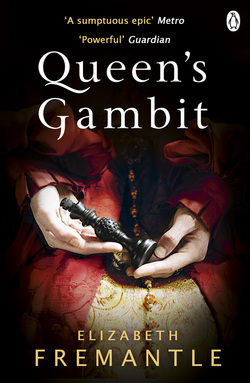 As March is National Women’s History Month, celebrating women of character, courage and commitment and also coincides with the paperback publication of my novel QUEEN’S GAMBIT I felt it apt to take a look at my protagonist Katherine Parr, best known for being the wife who ‘survived’ marriage to England’s best known Tudor tyrant, Henry VIII. I am often asked why I chose to write about Katherine Parr and it is true that superficially she seems less interesting than some of her more obviously glamorous predecessors. But scratch the surface of her story and a dynamic, charismatic woman emerges. She may not have been born a princess to make a great alliance, nor did her life come to a truly dramatic climax with execution, but she was a highly intelligent well-loved woman and an astute political operator who understood how to play the game of power in a dissembling court, using her position to support religious reform at great personal cost. This is a woman who managed to out-fox her powerful adversaries and survive a plot on her life. She was an author too, publishing two books at a time when to publish at best risked ridicule and at worst might seriously compromise a woman’s virtue. She was canny enough to wait until after Henry’s death to publish her second book, a highly political and unashamedly reformist tome. She might not have become known as the wife who ‘survived’ had she not had the sense to defer publication. 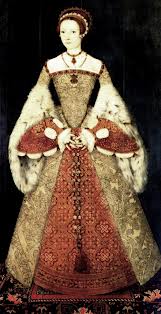 Katherine Parr (NPG) Katherine Parr (NPG) There is much to admire about Katherine Parr’s dynamism, intellect and ability to survive. She was also married no less than four times. But one of the things that most appealed to me about her story was that she was also flawed. She made a disastrous decision in the name of misguided romance with devastating consequences, and it is this picture of a truly accomplished woman becoming a fool for love that fascinated me. The contradiction in her character makes her, for me, so very human and relatable to us today. Who doesn’t know of a clever woman who has fallen foul of romance? But QUEEN’S GAMBIT does not only tell of a remarkable queen. There are so many women’s lives; lives lived with character, courage and commitment, which went unrecorded. I wanted to explore another view of the Tudor court through a forgotten woman, endowing her with these characteristics. Katherine Parr’s maid Dorothy Fountain allowed me to do this. Dorothy, or Dot as she is named in the novel, is largely a creation of my imagination, a kind of everywoman who embodies all those forgotten lives. We know almost nothing about her; only that she served as maid to Katherine Parr’s stepdaughter Margaret Neville during her second marriage. We know she remained with the family serving Katherine Parr when she was Queen, that she was left four pounds a year in Margaret’s will and that she married a man named William Savage who might have been a musician. She is little more than a name on a list in the annals of history. 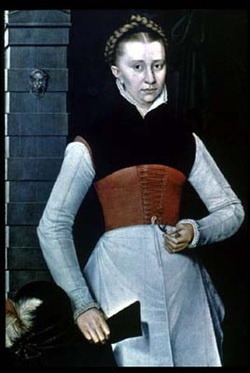 An unsung woman, like Dot An unsung woman, like Dot It is not much to go on and for the purposes of QUEEN’S GAMBIT I have made Dot lower born than she was likely to have been in reality, as I wanted to offer a different perspective on the court – a 'below stairs' view. In the novel, she is visited by exceptional circumstances and comes to move in an elevated world, but her experience of it is utterly different to those born into the nobility. Dot gave me the chance to look at loyalty and true friendship between women, allowing me to show Katherine as a woman who was both loyal herself, and inspired great loyalty, even in an uneducated young woman well beneath her in the social scale. Literacy and education was something entirely beyond such a woman’s reach and in Dot I wanted to imagine her as having an intellectual curiosity, striving to educate herself against the expectations of her age. As an adjunct to this I touched on the possibilities for social mobility that were beginning to open up (it must be said mostly for men) in the renaissance period. Through the eyes of these two women whose lives intersect and yet are so different, I hoped to convey something of what it was like to be a woman living in the court of Henry VIII at a tumultuous time in history. QUEENS GAMBIT by Elizabeth Fremantle is published in paperback on March 13th
0 Comments
|
Subscribe to Elizabeth's quarterly newsletter below:Archives
June 2018
Categories
All
|


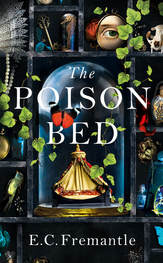

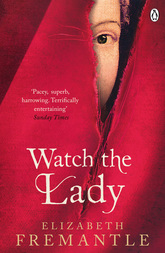
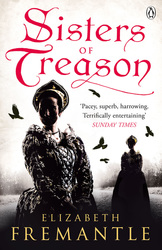
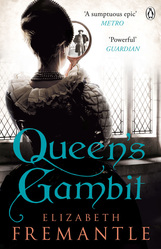
 RSS Feed
RSS Feed
